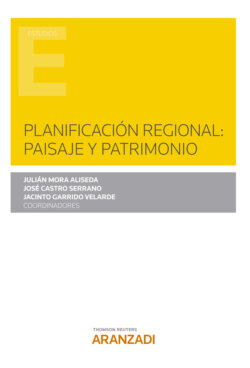Читать книгу Planificación regional: paisaje y patrimonio - José Castro Serrano - Страница 10
На сайте Литреса книга снята с продажи.
2.2.2. First agreed-upon instruments on renewable energies and energy efficiency
ОглавлениеTo tackle GHG emissions a proposal on a European CO2 and energy tax was discussed in 1992. However, there was disagreement in the Community on the need for and content of a CO2/energy tax and a group of Member States (MS) led by the United Kingdom prevented its introduction (Delbeke & Vis 2015). Despite the setback regarding CO2 taxation, softer instruments in the fields of energy efficiency and renewable energies were agreed on.
In 1991, the programme ‘Specific Actions for Vigorous Energy Efficiency’ (SAVE) started to facilitate and promote the implementation of energy efficiency policies and programmes. Connected to this programme, in 1992 common standards regarding hot water boilers, household electric refrigerators, freezers and combinations were introduced. Moreover, a labelling system for household appliances was implemented to enable the comparison of power consumption of the different models. From 1993 on, the SAVE Directive was in place, which required MS to limit GHG emissions by further measures such as energy audits for energy intensive companies, building certification and thermal insulation of new buildings. Nevertheless, there were no quantified targets incurred and the policy implementation could be designed by the MS (Delbeke &Vis 2015).
With the ALTENER programme the EU introduced a Community-wide indicative target to promote renewable energies in 1993, which the MS were encouraged to include in their national policies. Renewable energies were expected to provide 8 % of energy supply in 2005 and biofuels a share of 5 % in the road fuel market. Furthermore, the ALTENER programme provided funds for measures to facilitate renewable energy development, including studies, monitoring activities and promotional and pilot actions (European Commission 2019).
With the help of a monitoring mechanism established with Decision 93/389/EEC the Community could assess the development of national policy programmes on the reduction of GHG (there were no MS targets) and monitor progress on the 2000 target. Although emissions were declining in the beginning of the 1990s, this was mainly due to effects resulting from the German reunification and the dash for gas in the UK instead of effective climate policies (Delbeke & Vis, 2015).
